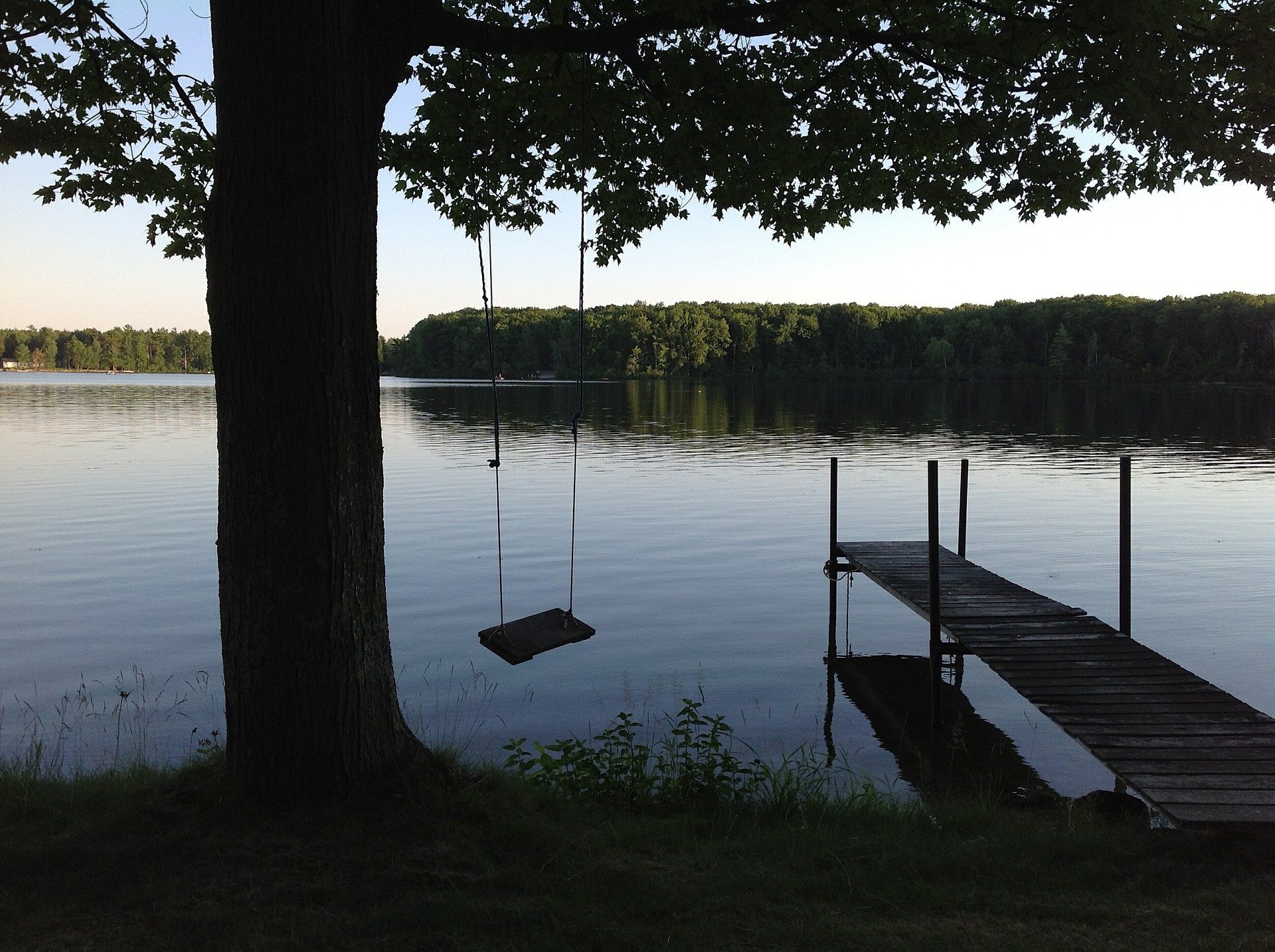Before the morning of May, 18th 1927 could yield to afternoon’s warm sunshine, 45 people would be dead, 37 of them children. Another 58 people would be injured, all at the hands of one man, Andrew Kehoe. The quiet town of Bath, Michigan, 15 miles northeast of Lansing, would never be the same again.
Said to be a disgruntled taxpayer, upset with the tax levy for the school district, and formerly the treasurer for the district, Andrew Kehoe became a patient and calculating murderer. A trained electrician, volunteering as a handyman for the school, he planted deadly sets of explosives in the basement of the Bath Consolidated School over the course of the few months preceding the mass tragedy.
The first casualty of Kehoe’s killing spree was his wife, Nellie, killed by blunt force trauma. Her burned body was discovered in a pushcart at Kehoe’s farm. It’s believed that Nellie Kehoe was killed two days before the fire. The charred corpses of two horses were also found in the smoldering remains of a barn on the property.
Kehoe himself had set the firebomb at his home at 8:45 on the morning of May 18th. All that remained standing of the family home was the brick chimney and the wood and wire fence which marked the borders of the property.
While local firefighters raced to respond to the fire at the farm, disaster struck miles away. A timed detonator triggered a massive explosion fueled by dynamite and pyrotol in the basement of the Bath Consolidated School, causing a collapse of the north side of the building. Classes were in session at the time of the deadly blast, which was heard as far as 5 miles away.
Neighboring town residents and rescue workers searched for survivors in the rubble of the north wing while white sheets draped over the bodies of the victims laid on the grassy field in front of the fallen school.
Rescue operations halted when another cache of dynamite was discovered beneath the south end of the building, this one 500 pounds, which had failed to detonate. Still, with half the building collapsed upon itself, killing and injuring school children and staff, the damage was done.
As rescue efforts continued and pandemonium mixed with tears of grief in front of the school, Andrew Kehoe arrived at the scene in his pickup truck which he had stacked high with explosives. Kehoe called school superintendent Emory Huyck over, close to his dynamite-laden truck. Kehoe had previously repeatedly accused Huyck of financial mismanagement. When the truck exploded, several more people were killed and injured. Both Kehoe and Superintendent Huyck died in the explosion. Nearby bystanders suffered serious injuries with some added to the growing count of fatalities.
The bombing, dubbed the Bath School Disaster, was the deadliest domestic terror incident at a school ever to disgrace American soil. When it was over, nearly 50 people were dead, most of them children. Many of the victims were between age 10 and 11.
Today, the steeple-like cupola of the former school stands as a monument in Couzens Park, named after Senator James Couzens who donated 75 thousand dollars to rebuild the school after the disaster. Nearby, a cemetery holds the memory of the men, women, and children who died that day.
A painted wooden sign was found wedged between the fence wire at the remains of Kehoe’s farm. The sign read, ‘Criminals are made, not born.”


